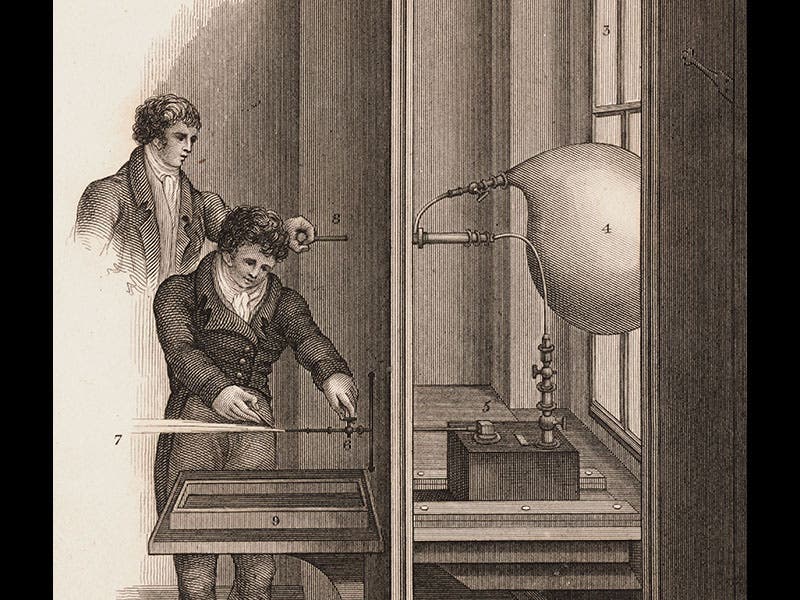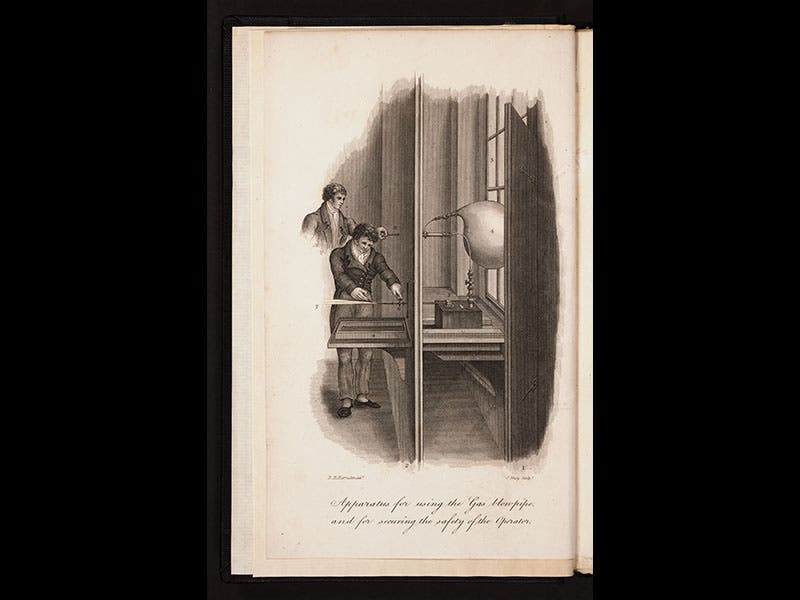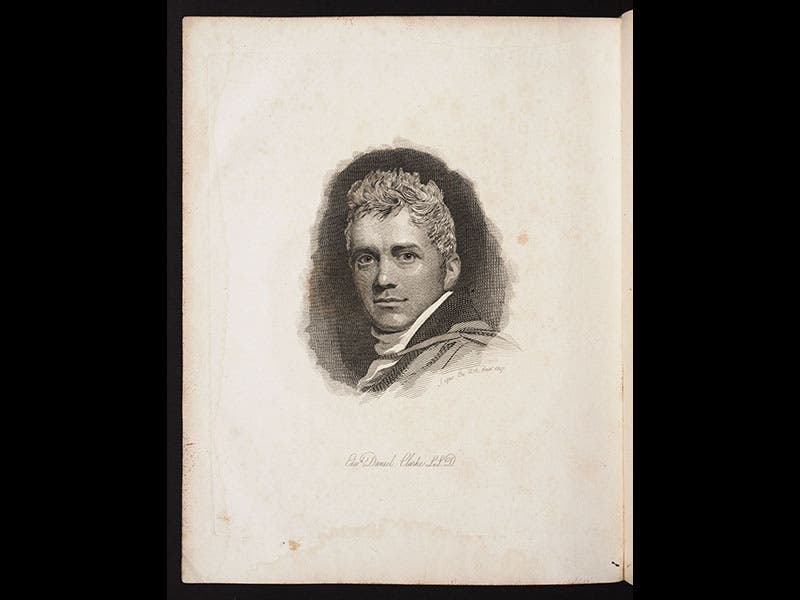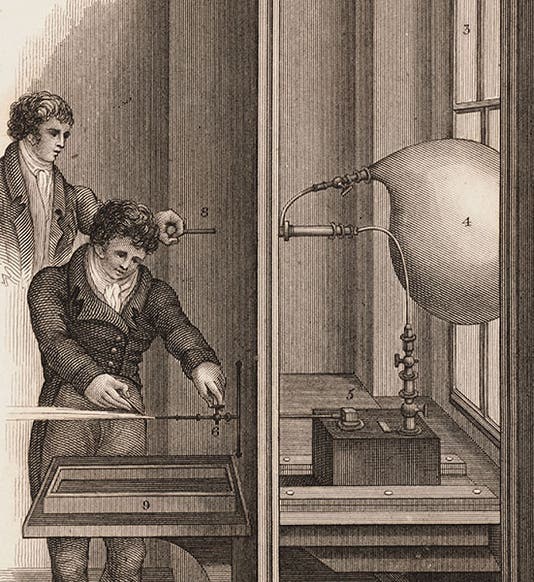Scientist of the Day - Edward Daniel Clarke




Edward Daniel Clarke, an English traveler, chemist, and mineralogist, was born June 5, 1769. He spent the early part of his career as a tutor to various wealthy families and managed in these positions to travel through most of Europe, western Asia, the Middle East, and Egypt. He wrote several well-received travel books and seems to have acquired some wealth of his own, as he presented a monumental statue of Ceres to the Cambridge Library, obtaining in return an LL.D., not a bad exchange. With degree in hand, Clarke was, a few years later, appointed professor of mineralogy at Cambridge, the very first occupant of that chair. His interests soon turned to applying chemistry to mineralogy, which brings us to our focal topic of the day, Clarke's invention of the modern blowpipe.
It had long been known that if you blow through a tube at a flame, you can greatly increase the temperature and melting ability of the flame. What Clarke did was to power a blowpipe, not with the human mouth, but with separate canisters of hydrogen and oxygen that were mixed, compressed, and shot through a tube and ignited. Such an invention was only possible after the recent discovery, that through electrolysis, one could break down water into its basic constituents, hydrogen and oxygen. Clarke found a way to recombine the two gases in a controlled reaction to produce a temperature that was hotter than could be obtained anywhere outside a furnace, and with it he could melt porcelain, for example, and do all kinds of assaying tests on minerals.
Clarke's blowpipe was not without its hazards, and he took pains to minimize the possibility of explosions. He wrote a book on his invention, The Gas Blow-pipe: or Art of Fusion by Burning the Gaseous Constituents of Water (1819; second image) that we have in the Library, and the frontispiece shows his preferred setup (second image; detail at first image). The reservoirs of hydrogen and oxygen were kept behind a deal screen, as was the pressure mixing tank. An assistant, using a hand pump, pressurized the gases, while the chemist, presumably Clarke himself, wielded the blowpipe.
After Clarke's death in 1822, his friend William Otter wrote a brief biography and collected together some of Clarke's letters from his travels, under the title: The Life and Remains of the Rev. Edward Daniel Clarke, LL.D., Professor of Mineralogy in the University of Cambridge (1824). The invention of the blowpipe is discussed at the very end of the book, and the frontispiece portrait at the beginning gives us a glimpse of the inventor (third image).
Dr. William B. Ashworth, Jr., Consultant for the History of Science, Linda Hall Library and Associate Professor, Department of History, University of Missouri-Kansas City. Comments or corrections are welcome; please direct to ashworthw@umkc.edu.






